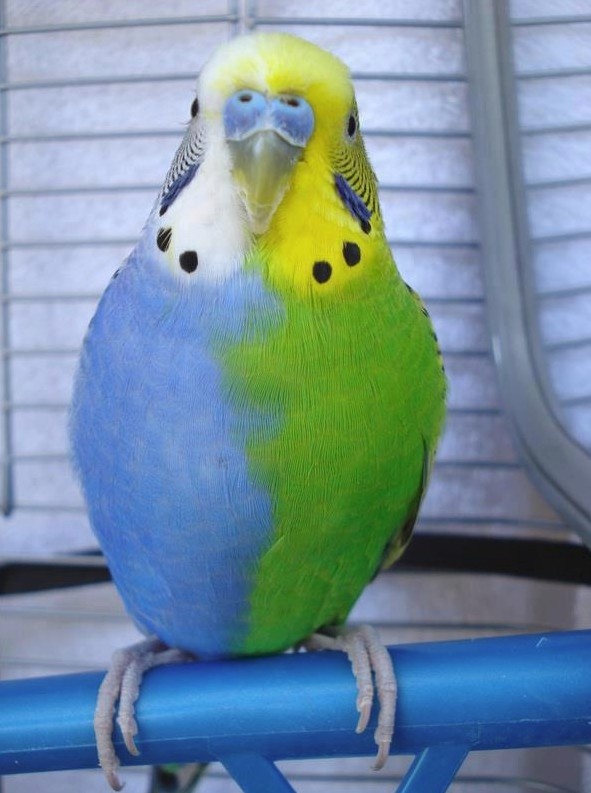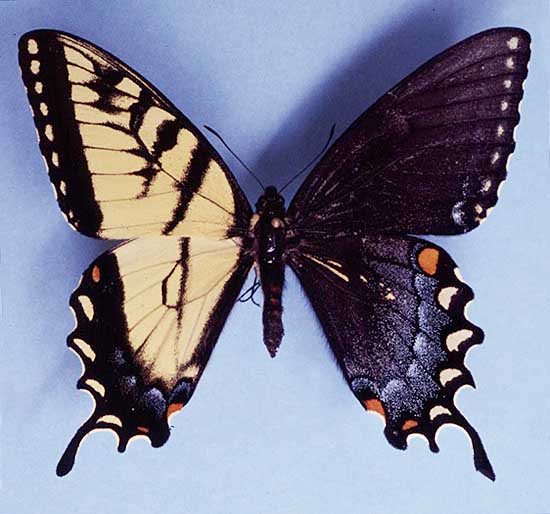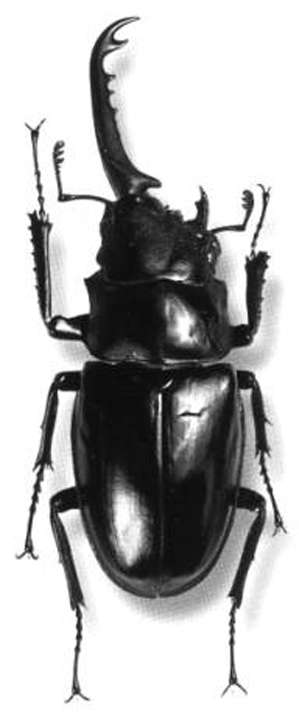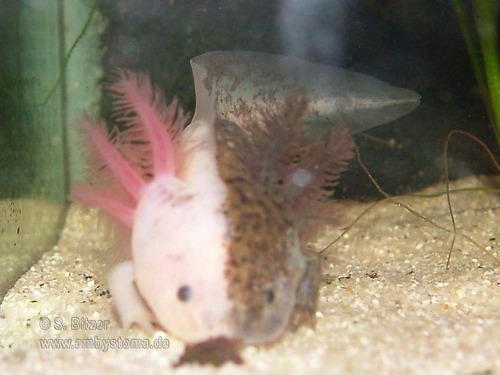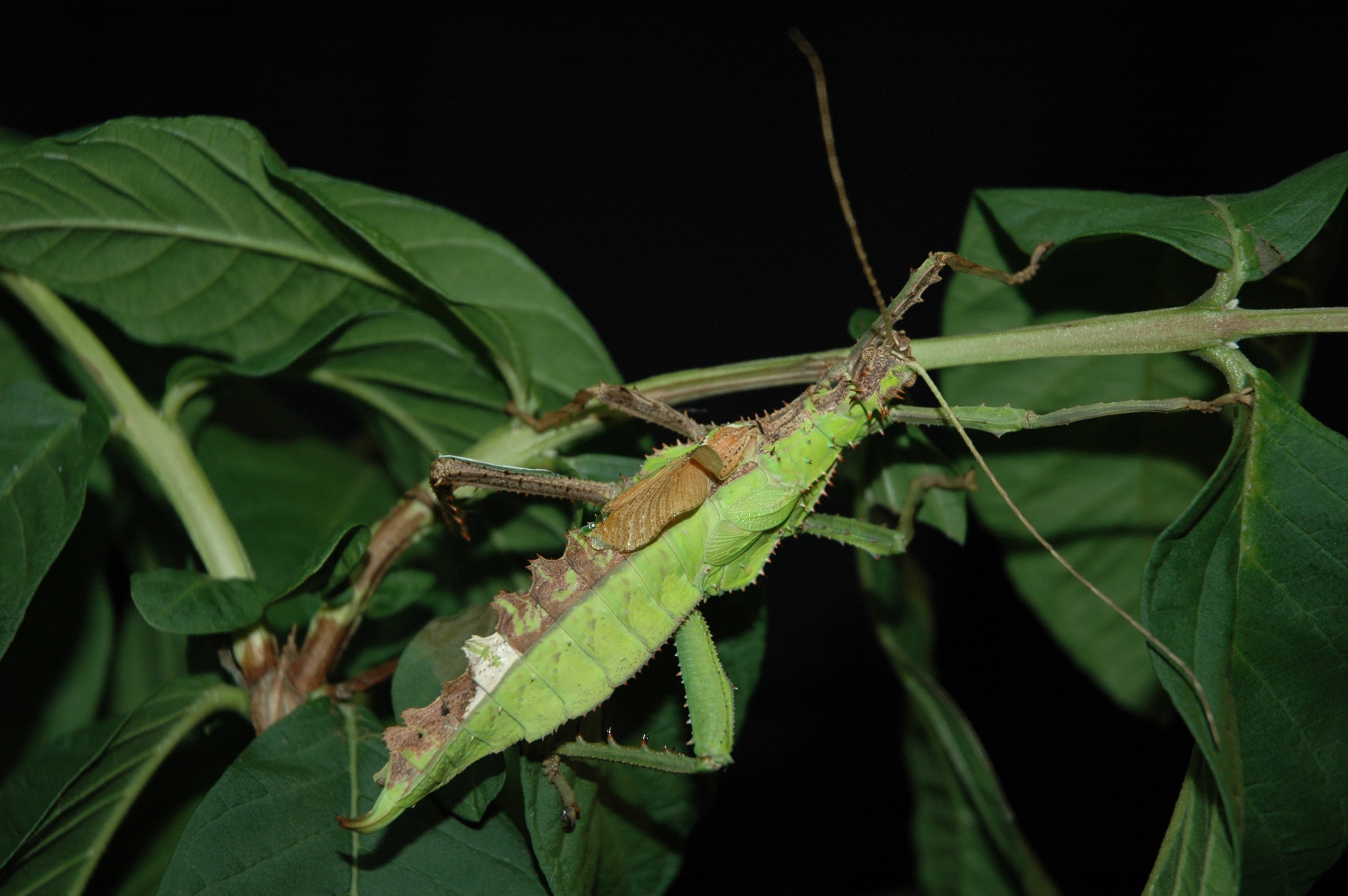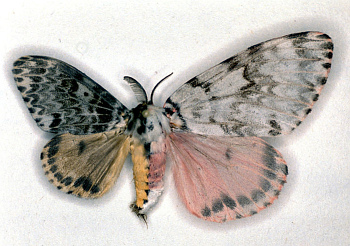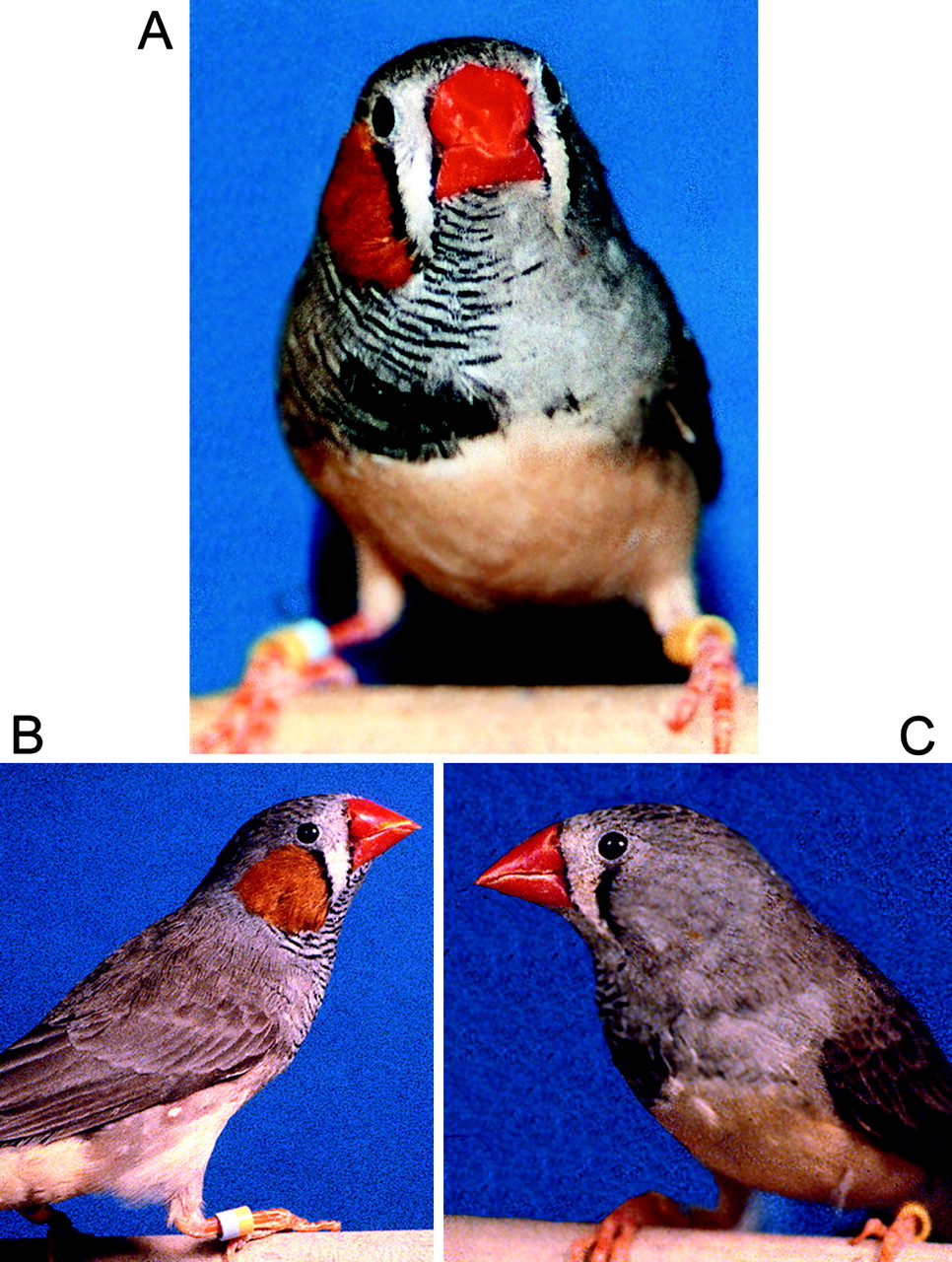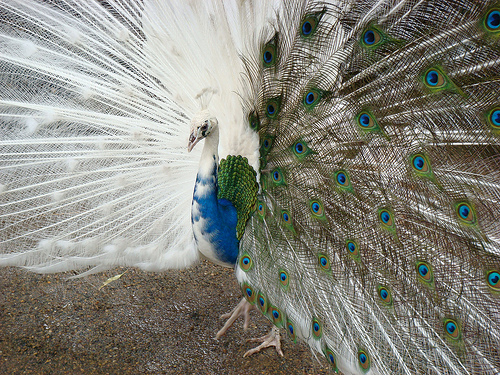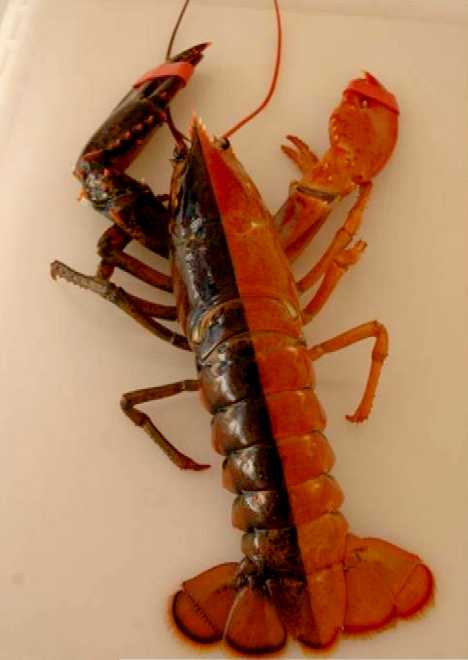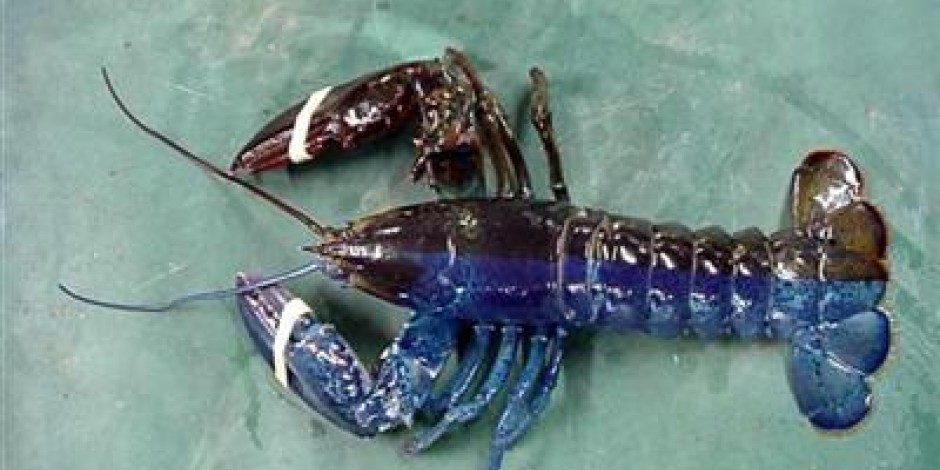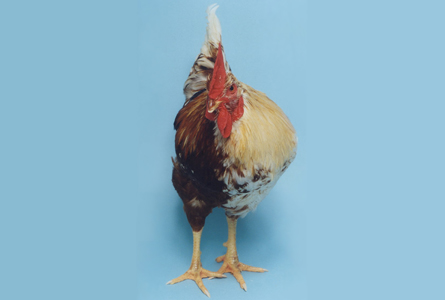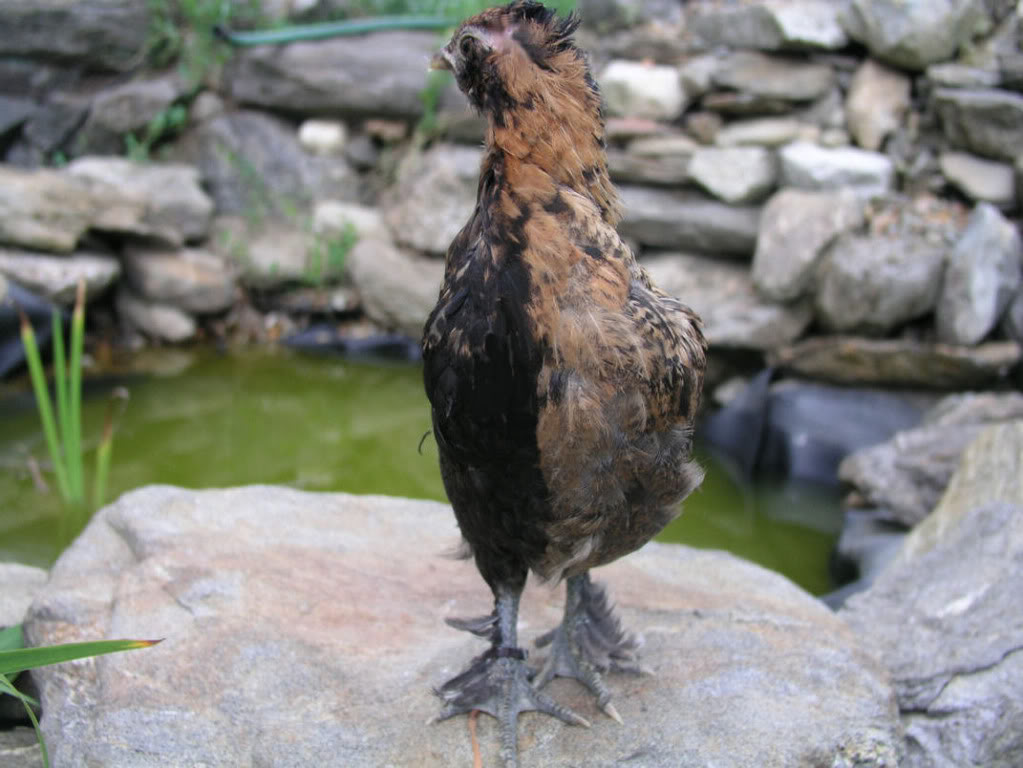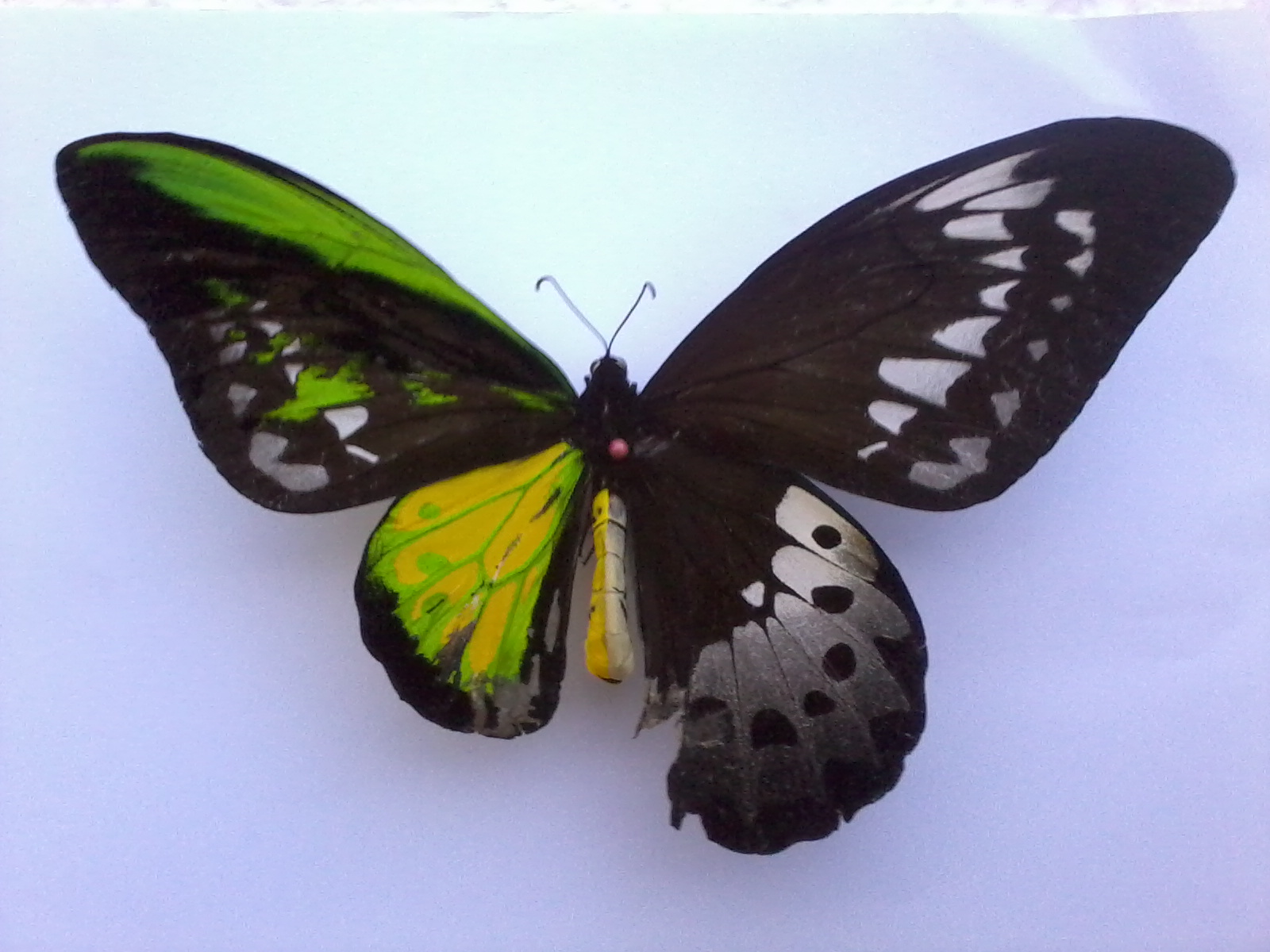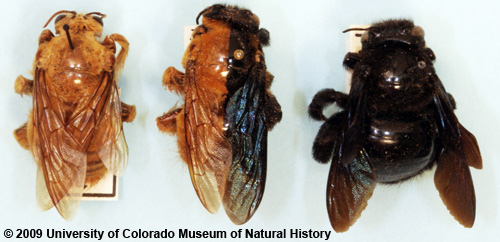Gyandromorphs: Half Male, Half Female
Gyandromorphs are animals which have done a genetic woopsie whilst building their bodies and accidentally made part of themselves male and part female. Gyandromorphism can effect a number of species, most commonly (and obviously) in butterflies, but it has also been seen in birds and crustaceans. The term itself is made up of the prefixes gyno– as in gynaecology and andro– meaning masculine.
Gyandromorphs are formed early on in cell division as the infant critter is generated. While the organism is only a few cells large, one of the dividing cells doesn’t split its sex chromosomes in a normal fashion. This leads to one of the two cells having sex chromosomes that cause male development and the other cell having chromosomes that cause female development.
In humans male sex chromosomes are XY and the females are XX, in butterflies and moths the reverse is true, males are XX and females are XY (or X without a Y, it’s the number of X chromosomes that’s important). During cell division in an embryonic butterfly there can occasionaly be errors, no one’s perfect after all. One of these possible errors is called non-disjunction and it occurs when two copies of a particular chromosome do not detach from each other during cell division.
If this non-disjunction occurs in a male’s X chromosome, one cell may get just one lonely X and the other may get two or three X’s. The descendants of the single X cell will all be female and the descendants of the XX and XXX cells will be female.
Depending on how early on in the animal’s development the non-disjunction occurs the creatures can be perfectly 50/50 male/female – bilateral gyandromorphy or non-disjunction can occur a number of times within one embryo giving the resulting creature patches of male and patches of female characteristics – mosaic gyandromorphy.
Why doesn’t gyandromorphy occur in humans? Well, I’m glad you asked. It’s all down to the way our genetic systems differ. When a human embryo starts out as a single cell, and splits into a bunch of cells, all of the cells involved are indeterminate. Indeterminate means that each of those cells could potentially go on to be any type of cell in the body, perhaps a skin cell, or a cell of the heart or brain. This is handy for when things go wrong in the early stages, it means that the cells can shift roles if needed and there are no gaps left in the resulting child.
Insect genetics work differently, they have a set in stone pattern to follow, their initial cells are determinate. Their development goes like this:
- 1st Cell Division – determines the left and right hand-side of the critter
- 2nd Cell Division – determines front and back (so by now there are four cells)
- 3rd Cell Division – determines top and bottom (now eight cells)
So, if during the third cell division there was a beef and one of the cells was damaged or destroyed you would end up with exactly seven eighths of an adult.
The reason for gyandromorphy in birds isn’t fully understood. Their genetics are different again. Rather than an XY system they have Z and W. ZZ is male, ZW is female. With gyandromorphy in birds, it seems that on top of the genetics there are some odd neural and hormonal effects in play.
Any way, I’m sure you’ve had enough of the weird genetics lecture. Here’s your freak show:
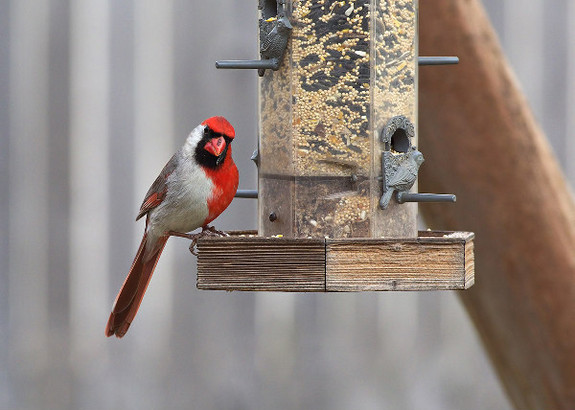
Cardinal that appeared at Larry Ammann’s backyard feeder. Credit: Larry P. Ammann, www.RemoteSensingArt.com


